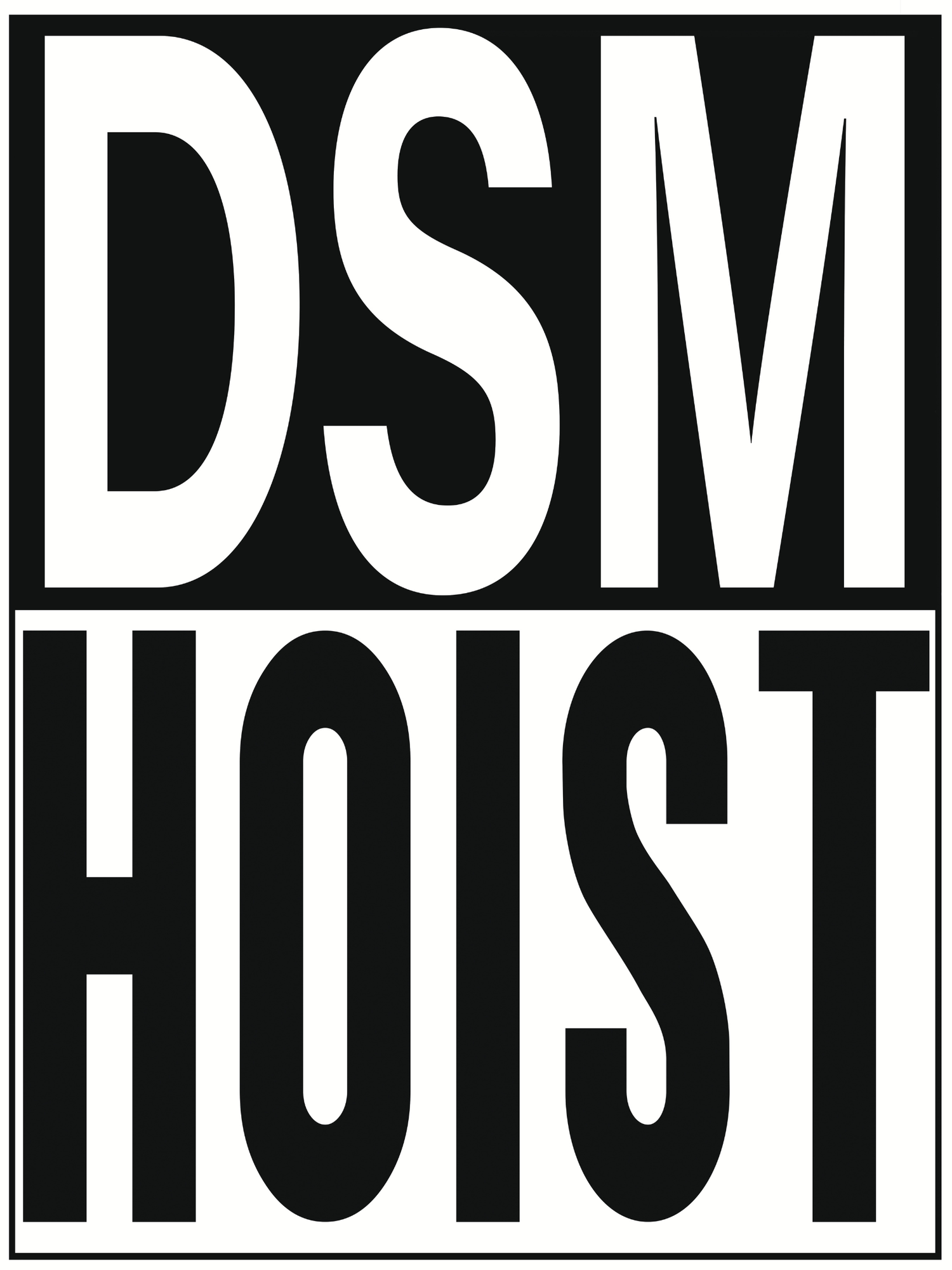Hang with us—Our small, family-owned business has cultivated a team of caring professionals who put you first. At DSM Hoist, your needs come first, whether it’s overhead crane inspections, sales, service, or customized material handling solutions. We’re here to support your business with expert consultations, OSHA-compliant inspections, repair services, training, and custom lifting device design. DSM Hoist is for you.
DSM Hoist - We value your Time
At DSM Hoist, we deeply value your time and always prioritize safety, never cutting corners in any aspect of our work. You can trust us to provide safe, efficient, and expert material handling solutions tailored to meet your needs every single time. Give us a call here or submit a form on our website right here.
Have a great week & stay safe,
Best Always,
DSM Hoist
DSM Hoist - Ready to go
DSM Hoist is dedicated to helping your business prosper. Call to schedule your hoist inspections today.
DSM Hoist - Festooning
This will extend the life of your cable and hoses. Ever wonder what type of Festoon System would best suit your work station? Give DSM Hoist a call today..
Regular hoist inspections are the key to keeping "Down time" at bay..
Lets get you scheduled for your next Hoist Inspection..
Proactive measures will always be the top solution to a happy manufacturing plant.
Call us today at 515-981-5600
Want to have healthy reliable hoists? Preventative maintenance from DSM Hoist is the answer!
The awareness of the power of your words is life changing.
God wants you to know that..
No matter where you are, Have a relaxing weekend!
If this touches one person
They say that at the end of your life, you won’t regret the things you did…. you’ll regret the things you didn’t.
DSM Hoist Overhead Crane & Hoist Installation
DSM Hoist Operator & Rigging Training
Call us for all of your hoist and rigging training needs.
Get more life out of your current equipment with DSM Hoist
The best annual Hoist inspections in Iowa
Call us today at 1-515-981-5600
DSM Hoist -
Call us for a quote for your boom lift inspections at 1-515-981-5600
DSM Hoist can assist you
We are ready to help you with any overhead crane or hoist dilemma that comes your way! Just call us at 515-981-5600. Why not go ahead and put us in your contacts now, under DSM Hoist (Scott), just so you are prepared.
DSM Hoist's TOC 30-70
Today, we’re featuring the TOC 30-70 for Emerson Group Partners. If interested, you can call us anytime. You’ll always get a hold of a live person. We are looking forward to visiting with you.
Have a great day & Stay safe!
DSM Hoist Safety Tips
The way that you store your chain plays a huge role in life expectancy.
Ensure that you are storing chain in a clean, dry environment with ventilation. Never store them in a place where they are exposed to weather. Oil or lube the chains before they are placed in prolonged storage. Keep them organized for future use (adding, it makes periodic inspections go much easier too.)
DSM Hoist serving Des Moines and Central Iowa
DSM Hoist equals smooth sailing in your manufacturing plant
Outsource your hoist Inspections
Our Hoist inspection service is built to meet the needs of each of our customers.
If you would like to have a consultation to see if we’re a good fit for your facility, give us a call. We’d be happy to hear from you.
As always, stay safe and have a great day!




















